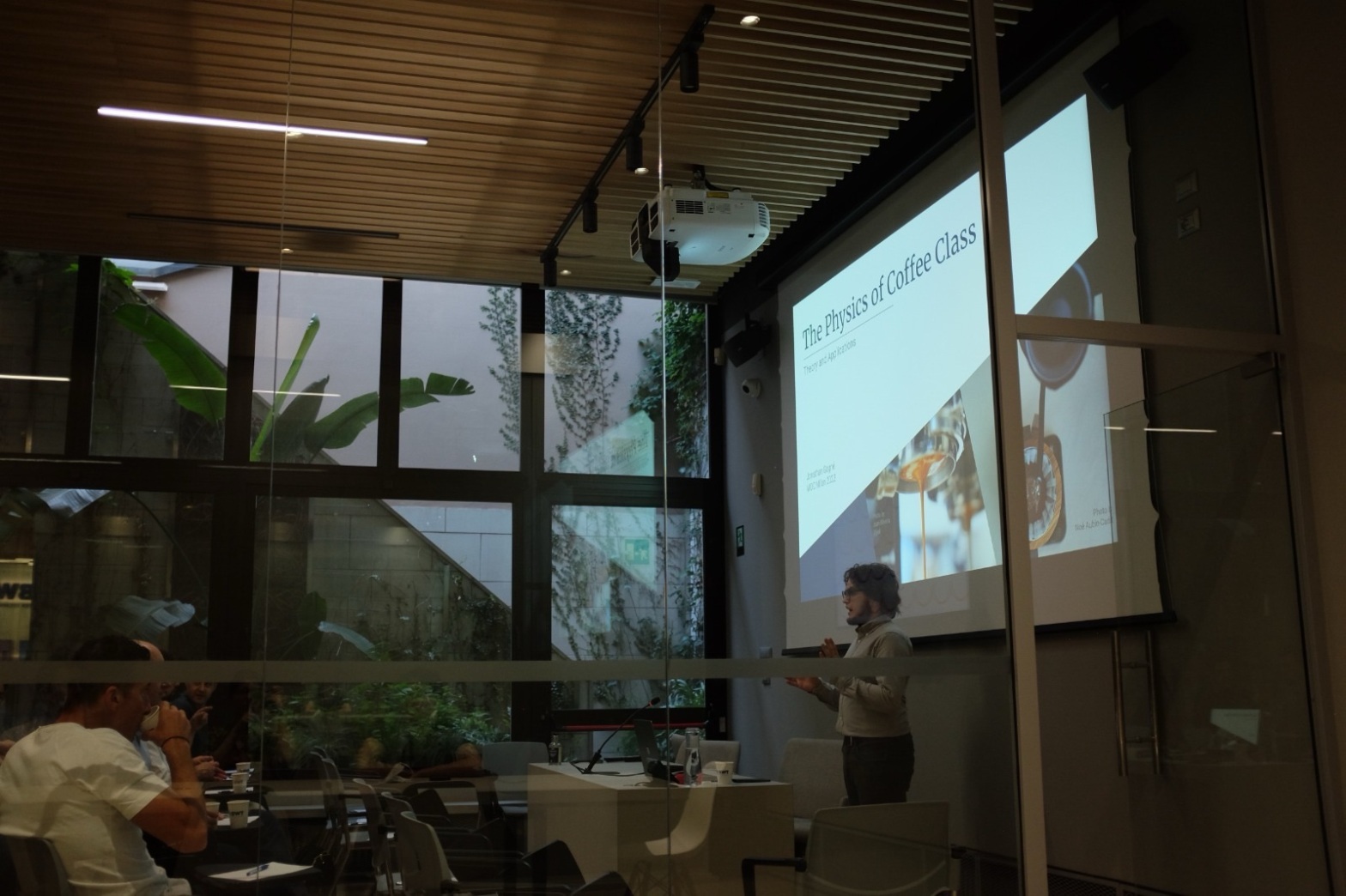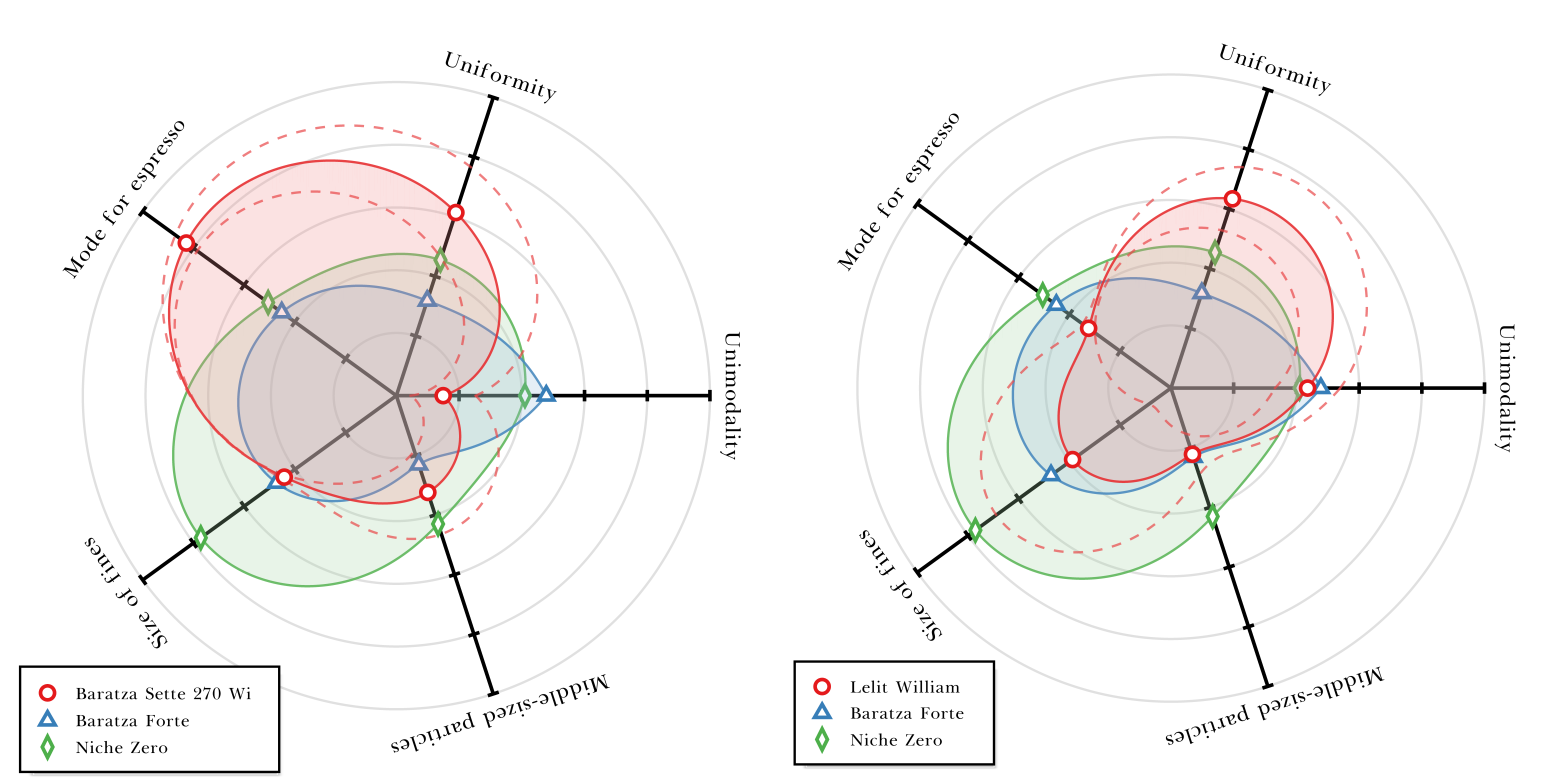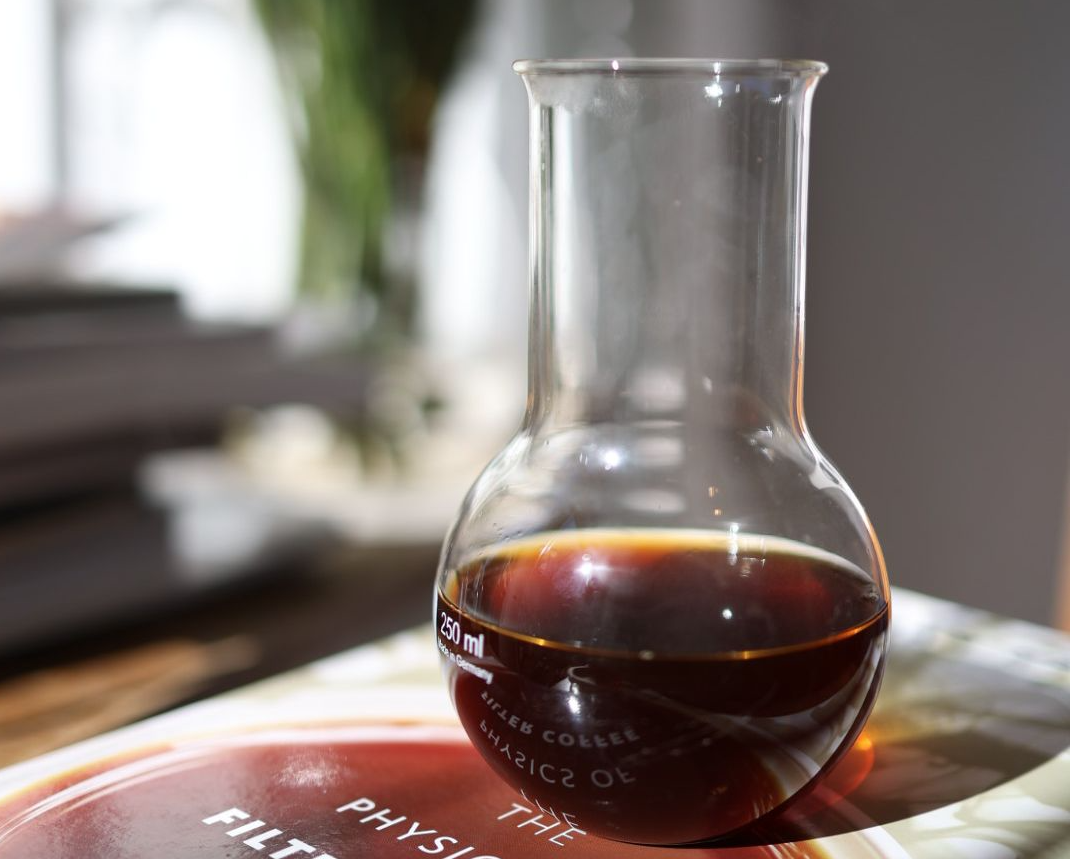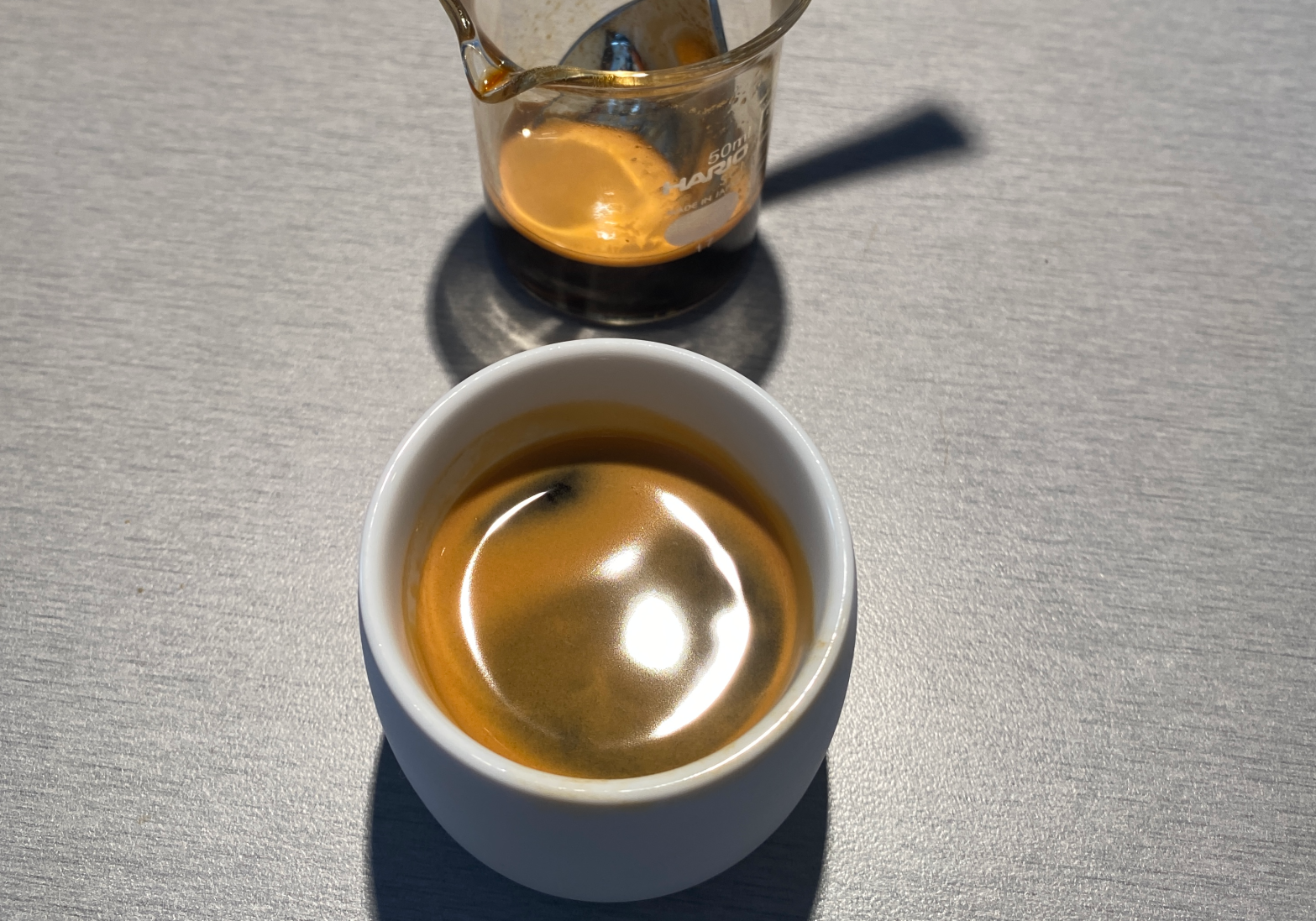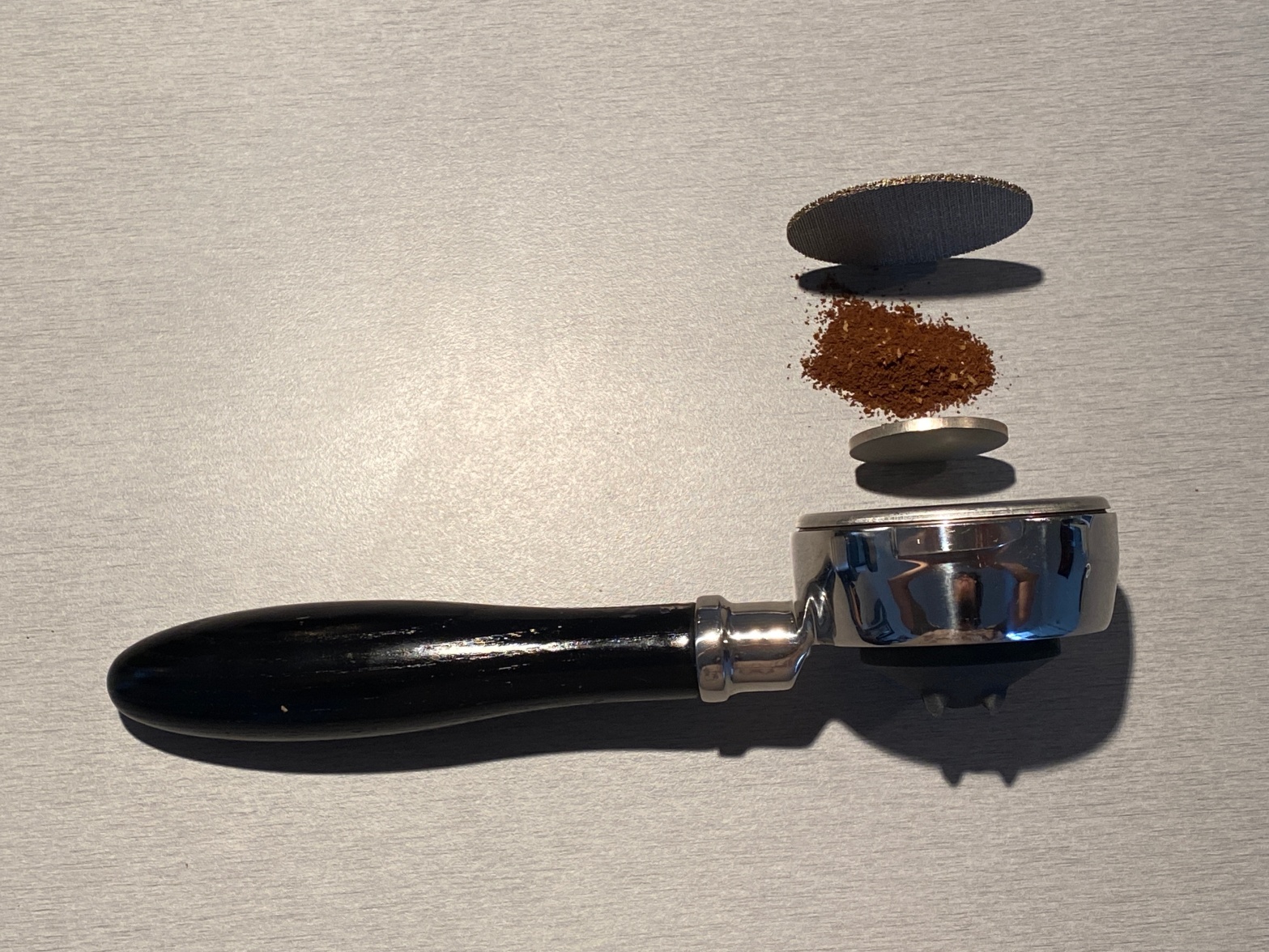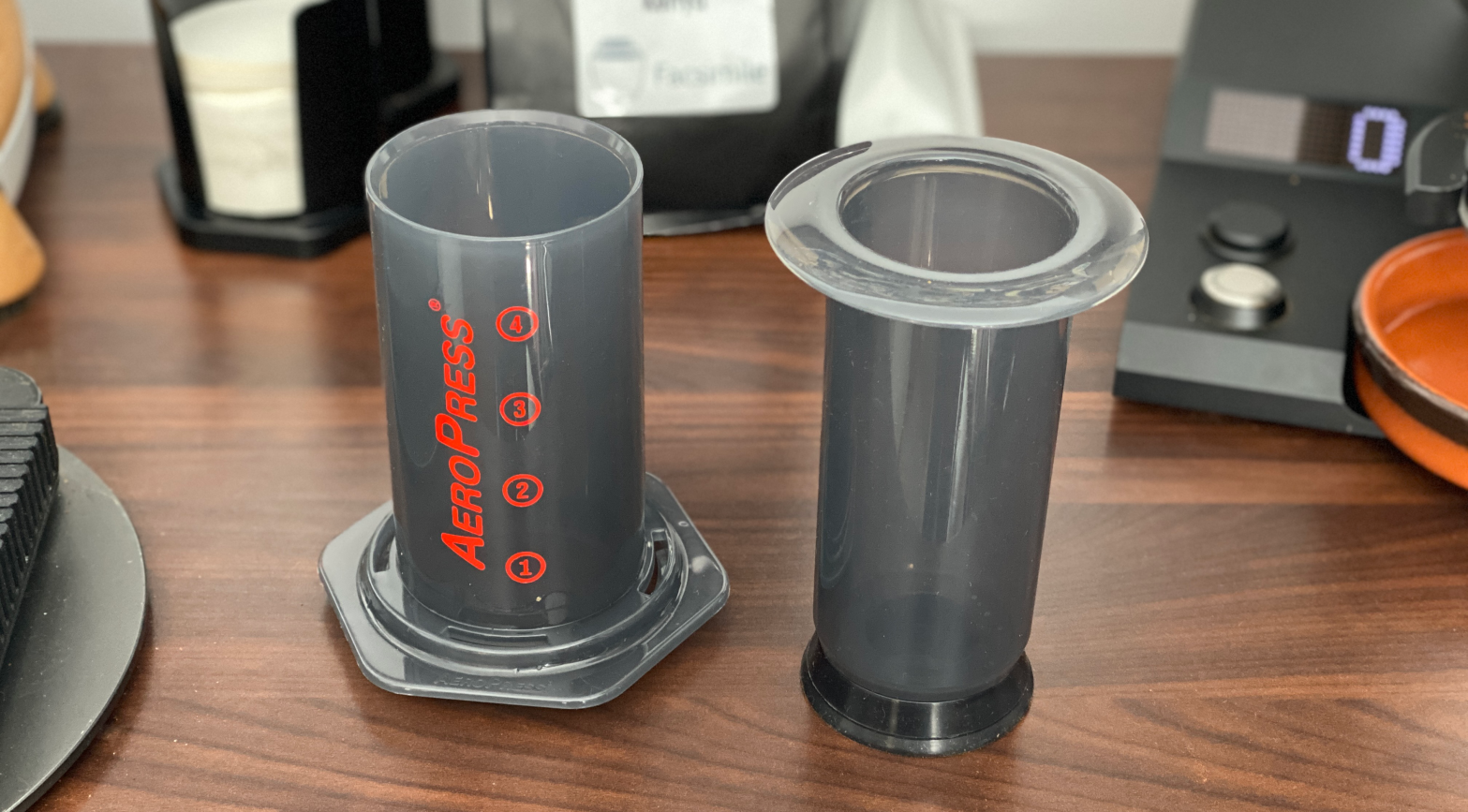I will be presenting a conference on the topic of espresso dynamics during SCA 2024 in Chicago !
Author Archives: jgagneastro
What I learned from analyzing 300 particle size distributions for 24 espresso grinders
This post presents a deep analysis of 300 particle size distributions for various espresso grinders
The Pulsar Dripper
This post presents the Pulsar dripper with my current favorite brewing recipe.
The Mechanism Behind Astringency in Coffee
In this post, I discuss my updated understanding of the mechanism by which astringent compounds can be extracted from coffee.
More Even Espresso Extractions
In this post, I talk about ways in which I have recently improved my puck preparation for espresso.
The Physics of Coffee Class
Announcing a coffee class during the Boston SCA expo
Restraining Flow to Mitigate Channels
In the past weeks, I have been experimenting with the AeroPress combined with the Prismo attachment, and I tried one small hack that produced a surprising result. I inserted a pasta strainer mesh like the one I described in my Stagg [X] recipe to increase the total open surface area under the AeroPress filter. AsContinueContinue reading “Restraining Flow to Mitigate Channels”
Reaching Fuller Flavor Profiles with the AeroPress
In this post, I discuss the AeroPress and how it can be used to reach flavor profiles similar to cuppings and high-EY pour overs.
On Gravimetric Measurements of Total Dissolved Solids
I come back to my last experiment and explore whether the difference in gravimetric vs volumetric flow could be due to changing shot TDS.
A Comparison between Standard and Low-Fines Espresso Shots
In this post, I compare several shots pulled with the Niche to others pulled with the EG-1 and SSP ultra-low-fines burrs.

